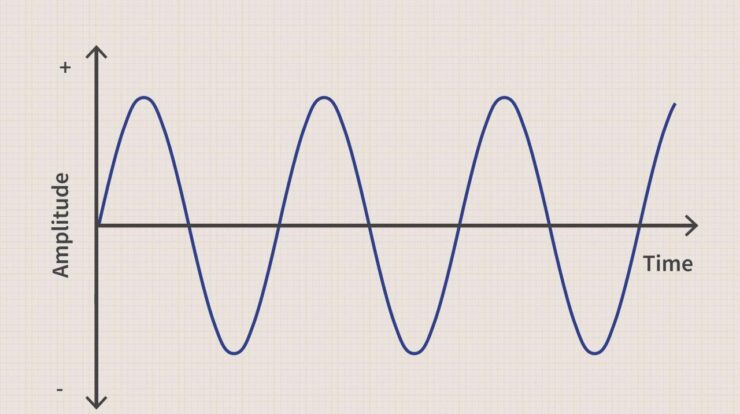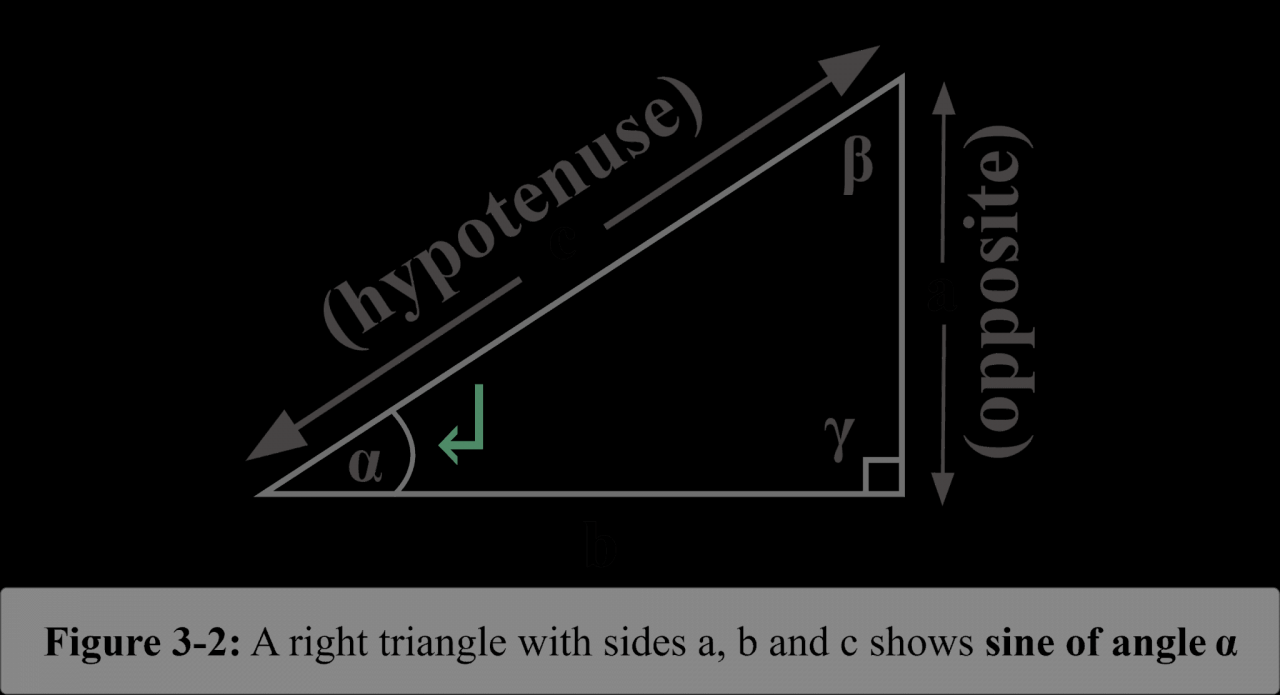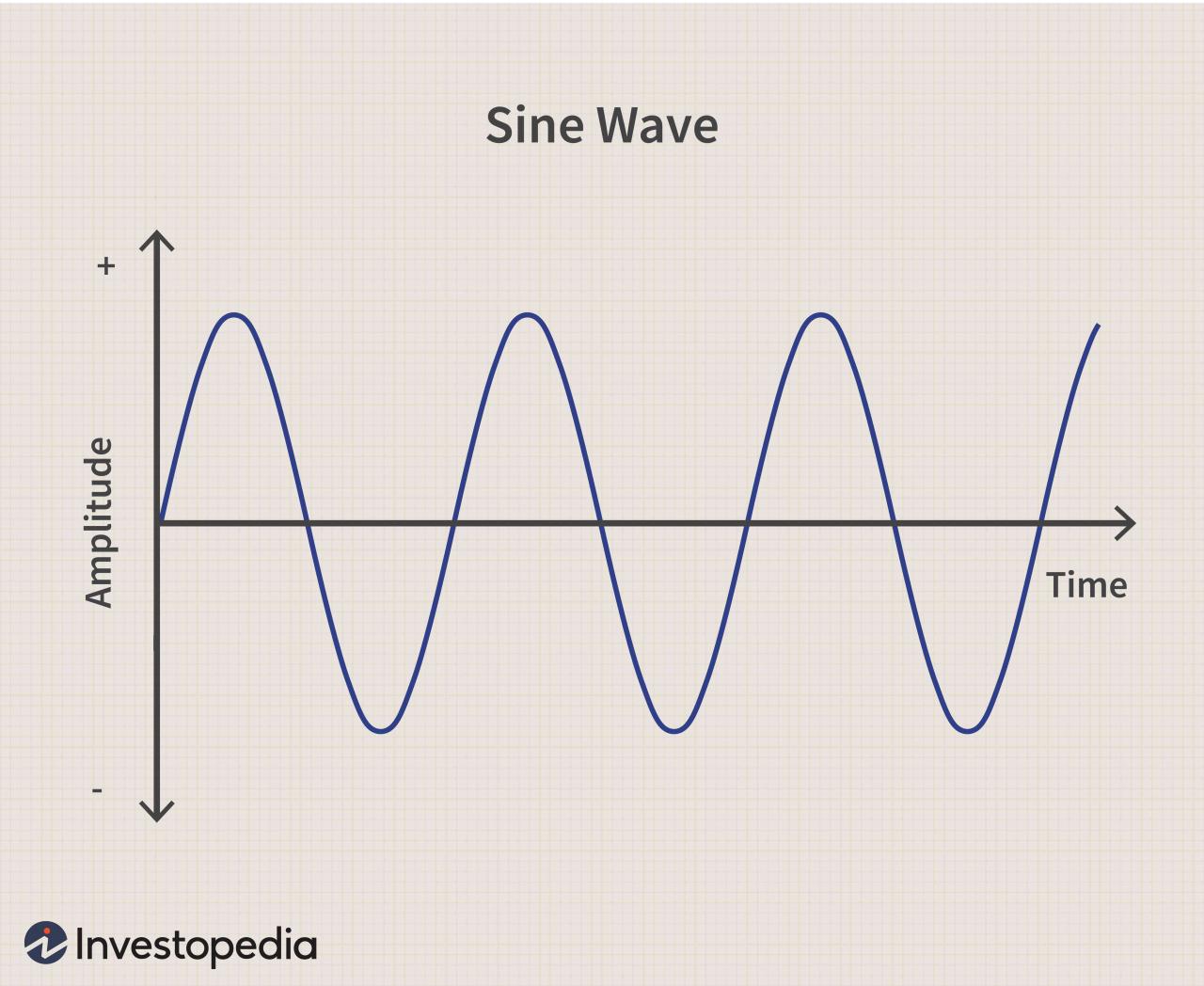
Sine meaning – Embark on a journey to unravel the enigmatic concept of sine, a cornerstone of trigonometry. From its historical roots to its mathematical significance and practical applications, this guide will illuminate the sine function in all its facets.
Delving into its etymology, we uncover the term’s ancient origins and its evolution through the ages. Mathematicians and scientists have played pivotal roles in shaping our understanding of sine, leaving an indelible mark on its development.
Sine Meaning: Mathematical Definition and Applications

The term “sine” holds multiple meanings depending on the context. In mathematics, it is a trigonometric function that measures the vertical component of a right triangle’s opposite side relative to its hypotenuse. Historically, the concept of sine emerged from ancient civilizations and has been refined over centuries by mathematicians like Hipparchus and Ptolemy.
Mathematical Properties, Sine meaning
The sine function possesses several key mathematical properties. It is a periodic function with a period of 2π, meaning it repeats itself every 2π radians. The sine function also exhibits symmetry, being odd with respect to the origin and even with respect to π. Moreover, it is related to the cosine and tangent functions through the trigonometric identities sin²x + cos²x = 1 and tanx = sinx/cosx.
Applications in Science and Engineering
Sine finds practical applications in various scientific and engineering fields. In acoustics, it is used to model sound waves and analyze their frequency and amplitude. In electromagnetism, sine waves are employed to represent alternating currents and voltages. Furthermore, sine is essential in fields such as optics, astronomy, and mechanical engineering for calculations and analysis involving periodic phenomena.
Representation and Visualization
The sine function can be represented in tabular form, providing its values for different angles. Additionally, graphs of the sine function illustrate its behavior over different intervals. These graphs help visualize its periodicity and symmetry, making it easier to understand its mathematical properties and practical applications.
Summary: Sine Meaning

In conclusion, the sine function stands as a versatile tool in various scientific and engineering disciplines. Its ability to model periodic phenomena and provide valuable insights into real-world applications solidifies its importance in our technological advancements.
Clarifying Questions
What is the mathematical definition of sine?
Sine is a trigonometric function that represents the ratio of the length of the opposite side to the length of the hypotenuse in a right-angled triangle.
How is sine used in real-world applications?
Sine finds practical use in modeling sound waves, electromagnetic waves, and periodic motion, among other applications.






